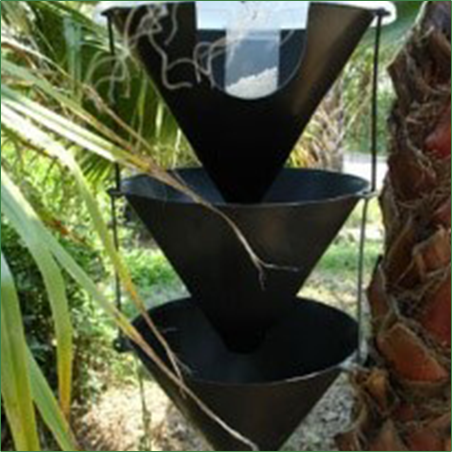Pine species, especially red pine, cedar
Adults are 2.5-4 mm long and reddish brown. The upper wings have four teeth on each side, the tips of which are covered with bristles. Larvae are white or cream in color and legless. There are 3 generations per year. The first flight is in April, the second in July, and the third in Autumn. It has high reproductive energy and is a dangerous insect.
It is a secondary pest. It is seen on trees of all ages that have been destroyed by various fungal diseases and caterpillars. It is common in Aegean, Mediterranean and Marmara regions. The feeding places of the insect are usually the lower parts of the tree trunk and the main branches larger than 5 cm in diameter.
It damages recently felled, damaged and stressed trees. When its population increases, it also attacks healthy trees and dries them from the top. After the male digs a burrow for mating, the female joins. After mating, the female opens egg galleries in the cambium and woody tissue. The larvae feed in these galleries and turn into pupae.


